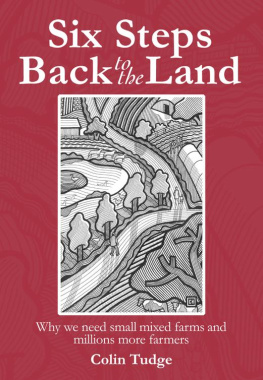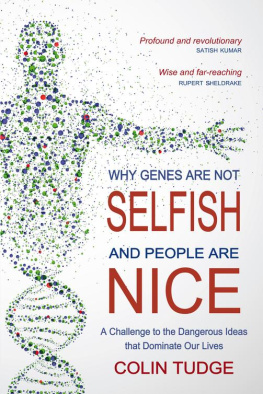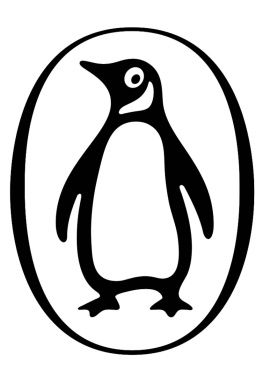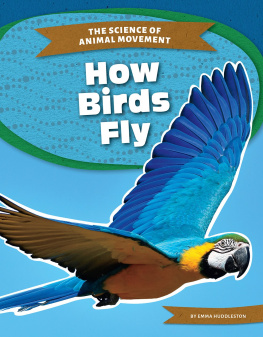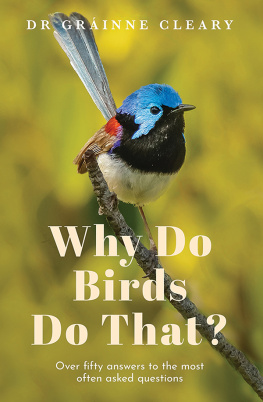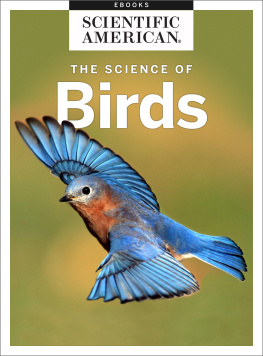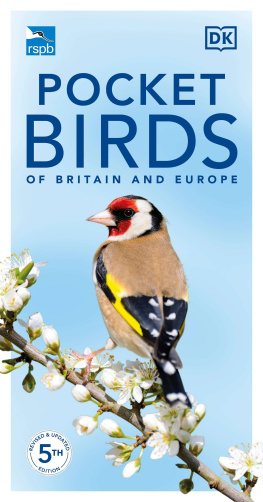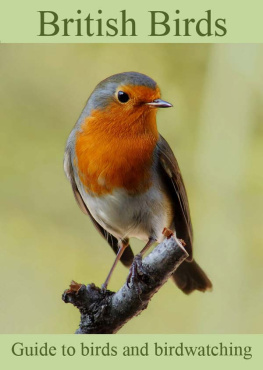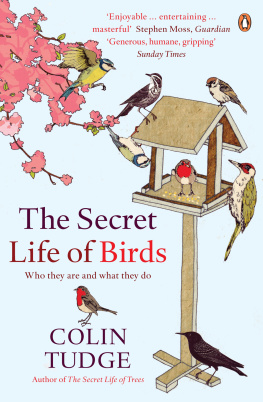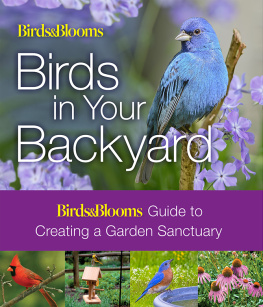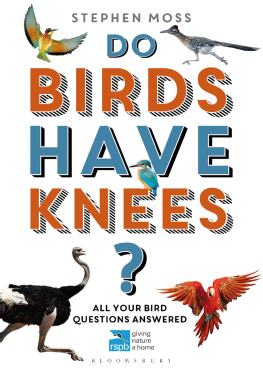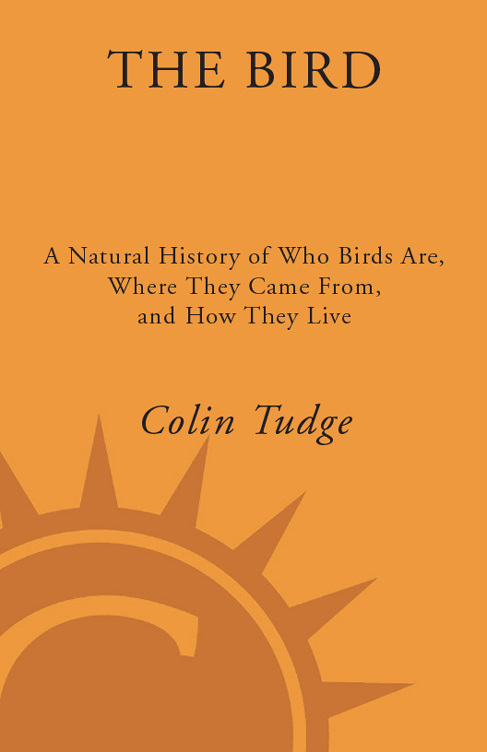Colin Tudge - The Bird: A Natural History of Who Birds Are, Where They Came From, and How They Live
Here you can read online Colin Tudge - The Bird: A Natural History of Who Birds Are, Where They Came From, and How They Live full text of the book (entire story) in english for free. Download pdf and epub, get meaning, cover and reviews about this ebook. year: 2009, publisher: Crown, genre: Romance novel. Description of the work, (preface) as well as reviews are available. Best literature library LitArk.com created for fans of good reading and offers a wide selection of genres:
Romance novel
Science fiction
Adventure
Detective
Science
History
Home and family
Prose
Art
Politics
Computer
Non-fiction
Religion
Business
Children
Humor
Choose a favorite category and find really read worthwhile books. Enjoy immersion in the world of imagination, feel the emotions of the characters or learn something new for yourself, make an fascinating discovery.

- Book:The Bird: A Natural History of Who Birds Are, Where They Came From, and How They Live
- Author:
- Publisher:Crown
- Genre:
- Year:2009
- Rating:3 / 5
- Favourites:Add to favourites
- Your mark:
The Bird: A Natural History of Who Birds Are, Where They Came From, and How They Live: summary, description and annotation
We offer to read an annotation, description, summary or preface (depends on what the author of the book "The Bird: A Natural History of Who Birds Are, Where They Came From, and How They Live" wrote himself). If you haven't found the necessary information about the book — write in the comments, we will try to find it.
Why are birds so like mammals and yet so very different?
Did birds descend from dinosaurs, and if so, does that mean birds are dinosaurs?
How do they court each other and fend off rivals?
What s being communicated in birdsong?
Can we ever know how birds think?
In this fascinating exploration of the avian class, Colin Tudge considers the creatures of the air. From their evolutionary roots to their flying, feeding, fighting, mating, nesting, and communicating, Tudge provocatively ponders what birds actually doas well as why they do it and how. With the same curiosity, passion, and insight he brought to redwoods, pines, and palm trees in his widely acclaimed book The Tree, Tudge here studies sparrows, parrots, and even the Monkey-eating Eagle to better understand their worldand our own.
There is far more to a birds existence than gliding gracefully on air currents or chirping sweetly from fence poststhe stakes are life and death. By observing and explaining the complex strategy that comes into play with everything from migration to social interaction to the timing of giving birth to young, Tudge reveals how birds are uniquely equipped biologically to succeed and survive. And he offers an impassioned plea for humans to learn to coexist with birds without continuing to endanger their survival.
Complete with an annotated cast list of all the known birds in the world plus gorgeous illustrationsThe Bird is a comprehensive and delightfully accessible guide for everyone from dedicated birders to casual birdwatchers that celebrates and illuminates the remarkable lives of birds.
Colin Tudge: author's other books
Who wrote The Bird: A Natural History of Who Birds Are, Where They Came From, and How They Live? Find out the surname, the name of the author of the book and a list of all author's works by series.

